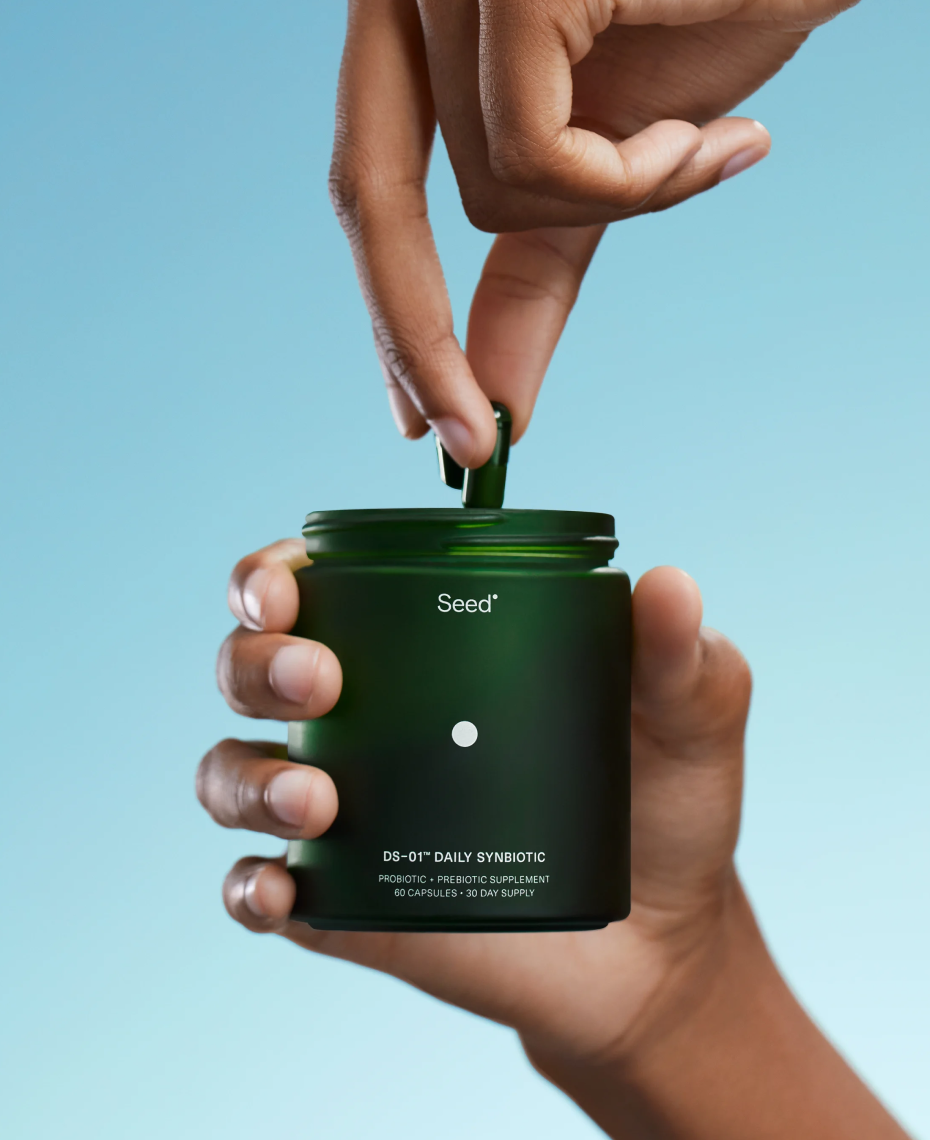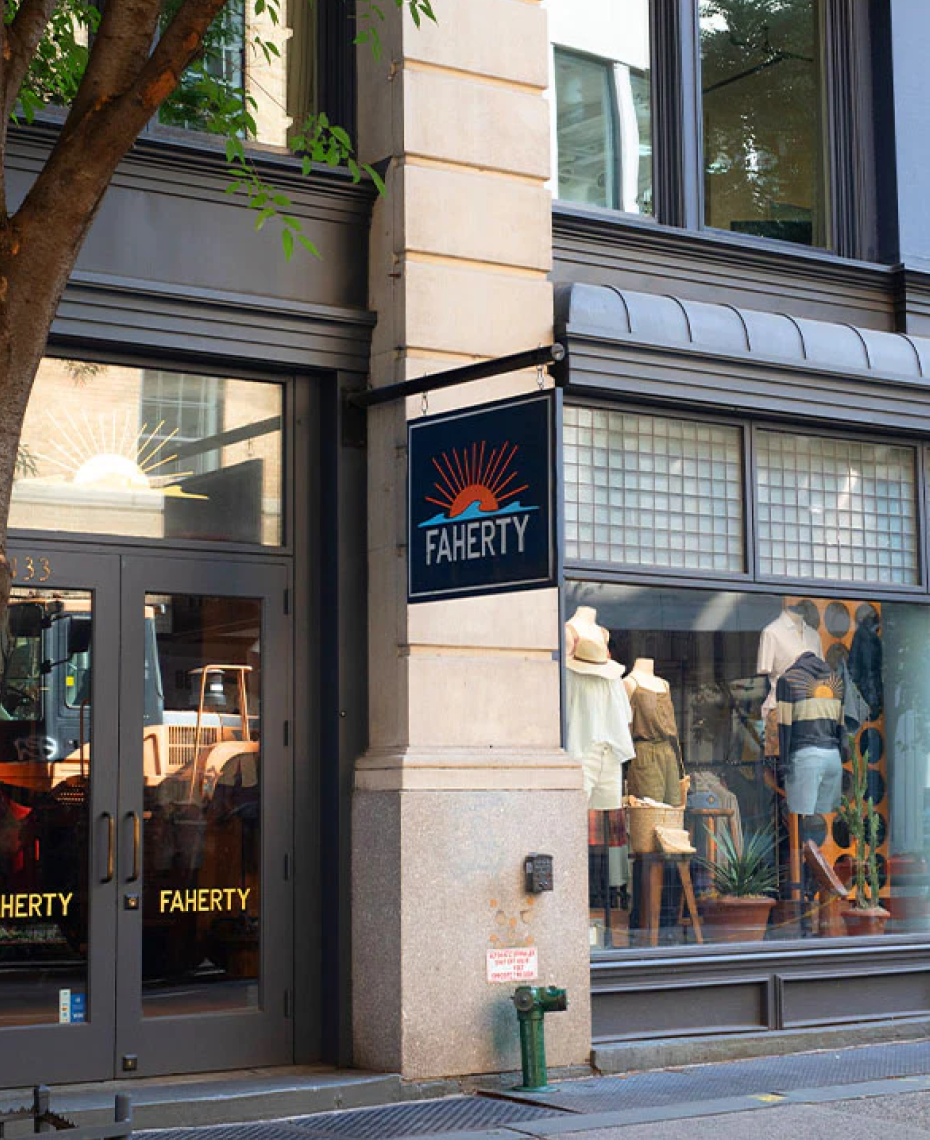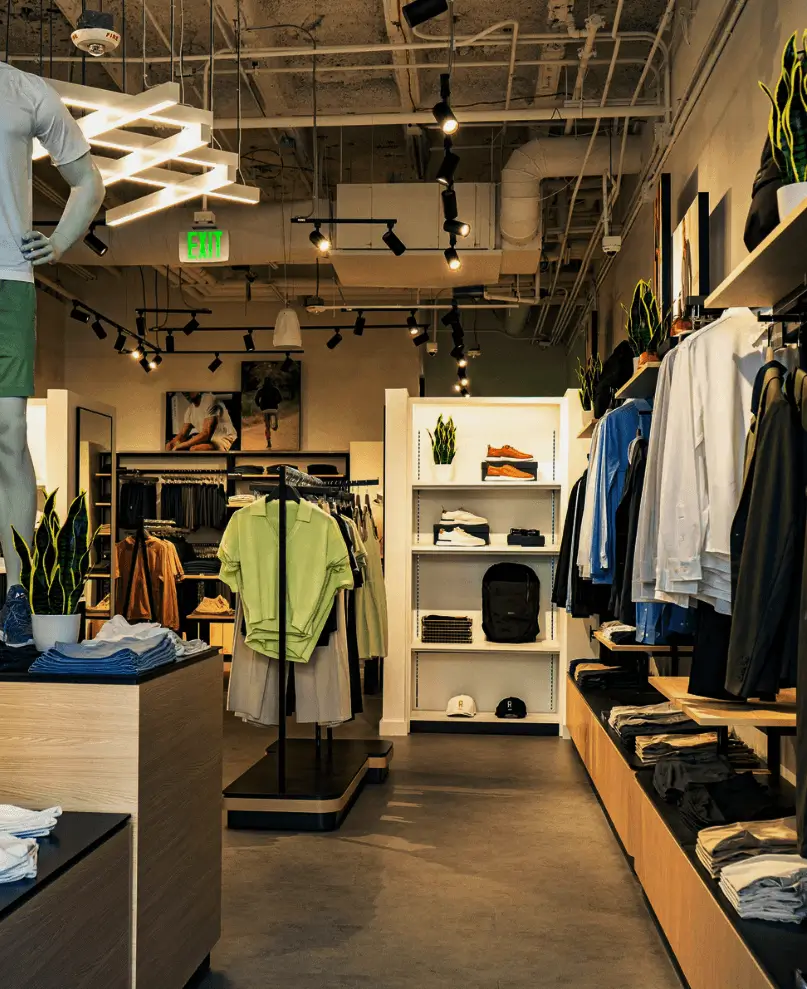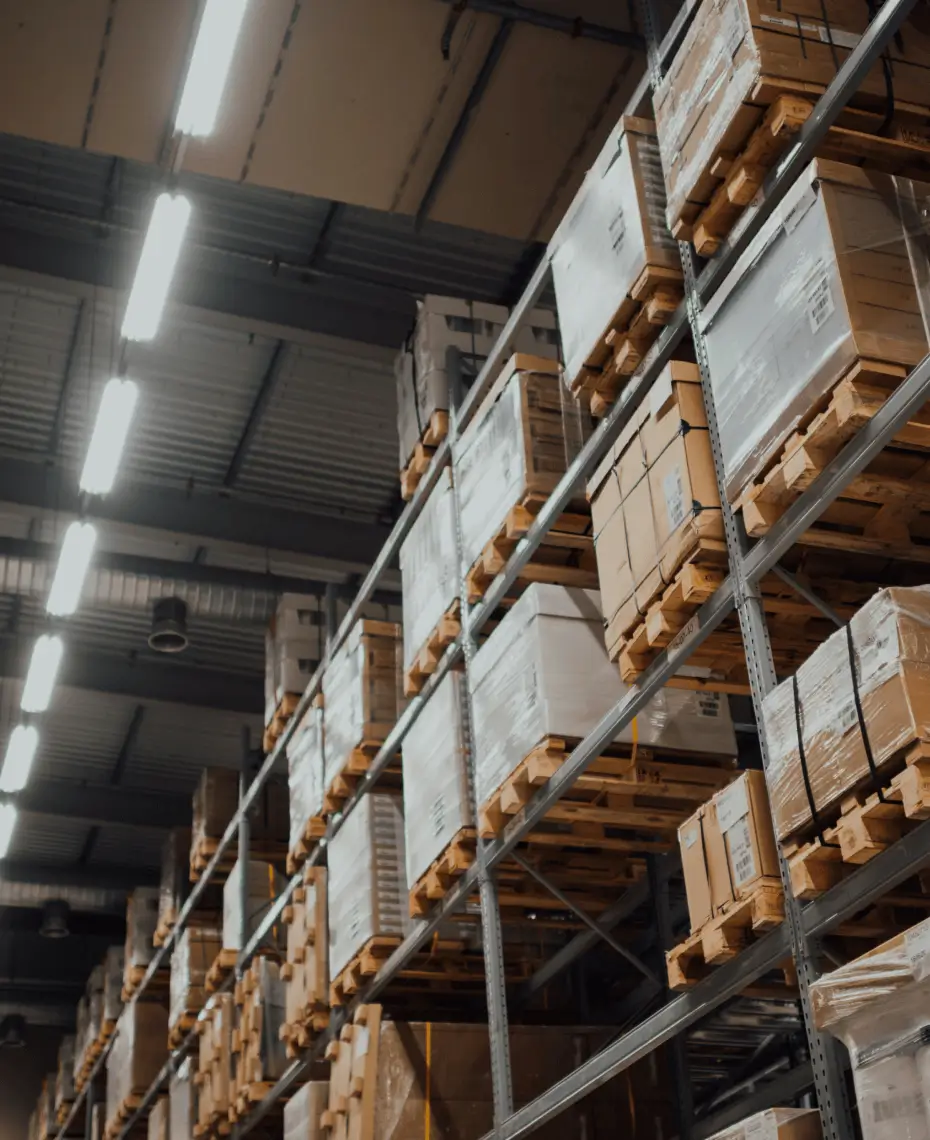We now know going into any peak season that we won’t lose the reporting and the ability to act and be nimble…because Parabola consolidates the data and makes it tangible and easy to access.
Claire McCarthy, Director of Logistics and Operations at Great Jones, builds Parabola Flows on the fly.
“Literally just this week, I built a super simple Flow to give our marketing team visibility into product restock statuses,” McCarthy said.
It combined inbound order volume and inventory currently on order with suppliers. From there (and with a few quick transformations that took estimated shipping and delivery dates into account), she created a view for the marketing team that shows them when they can start marketing certain products because they’ll be in stock.
At a super cross-functional org with a few dozen employees like Great Jones, Parabola isn’t just for the supply chain or ops folks — the data that’s stored, cleaned, and prepped in Parabola helps the whole org uplevel and get a better understanding of their own inventory.
But it’s the ops team that gets to enable this kind of data-driven collaboration through the work they’re doing with Parabola. Here are just a few use cases they’ve used to prevent stockouts, automate manual processes that in the past had prohibited them from offering specific services, and decrease inbound shipping costs.
The problem
Use case 1
On-hand inventory reporting to get ahead of stock-outs
In Q4 2022, the worst happened: One of Great Jones’s best-selling items (the blue Little Sheet quarter-sheet pan) ran out of stock for some of the holiday season.
This resulted in missed sales for the brand, during the most critical sales window of the year.
“Shopify has a lot of limitations with their analytics — it’s not always the most user friendly,” McCarthy said. The lack of connected systems and combined data made it hard at any given time to have a full picture of what Great Jones had on hand and what their future demand would look like.
This led to the creation of one of their mainstay Flows: an automated inventory on-hand workflow and corresponding dashboard.

Here’s what they set up with Parabola:
- The Flow pulls in current inventory from the WMS, their product catalog including average units sold/day, and inbound inventory.
- It starts by looking for any low inventory counts (SKUs with <50 units on hand) so it can flag those in their Parabola table as needing immediate attention.
- From there, it cleans the data and calculates days on hand.
- With that information, they can update a Google Sheet with a days-on-hand inventory report that can be shared with their 3PLs and other external partners

“Last holiday season, it slipped our radar that we were going to be out of stock of a high-selling SKU,” McCarthy summarized, “and we missed the opportunity to capture those sales because we didn’t have a proper understanding of our inventory.”
This single Flow has been one of the most impactful revenue drivers for their team. It helps them make sure they have stock continuity and gives them more opportunities to be strategic. They’ve now got a crystal clear idea of inventory days on hand and total orderable quantity.
We can see patterns much faster and easier than we were able to previously. We have gotten way, way, way better and way more organized simply by just having the Flows tell us exactly when items are going to stock out and how many months out we have.
Claire McCarthy Director of Logistics and Operations at Great Jones
The solution
Use case 2
Automated order management to streamline their engraving workflow
A special touch for Dutch ovens created a tedious, manual task for the Great Jones team.
Great Jones originally found Parabola in the search for a solution to a pretty simple (but very manual) process.
On Dutch ovens that come in colors like Broccoli, Taffy (a perfect bubblegum pink), Blueberry, and Mustard, Great Jones offers an option to add an engraving. With up to 25 characters to spare, a monogram- and soup-obsessed chef can personalize the newest addition to their cooking arsenal.
For Great Jones, this meant manual data pulls from Shopify that they’d then send to their third-party engraver (who was also responsible for shipping). Following up for tracking and shipping information from the engraver also fell onto the ops team. This made for a pretty tedious and hard-to-scale process.
Great Jones’s first Flow (which is still live today) pulled Shopify data like order info, shipping address, and engraving inscription and flowed it into a Google Sheet for the engraver to use.

“But then,” McCarthy said, “it was still a manual process to get the tracking information back into Shopify. We’d just have to do a weekly copy over. About a year later, we built the second half of the flow, which was an automation that pushes the tracking information back into Shopify.”
Before implementing Parabola, there were a couple of months that the Great Jones team paused engraving because of the team bandwidth it required, losing out on thousands in revenue.
One simple flow allowed them to keep offering a service that delighted customers in a way that was scalable and sustainable for their team.
The results
Use case 3
Fulfillment scorecarding to improve warehouse SLAs and customer experience
With this next Flow, Great Jones was looking for a better understanding of their fulfillment operations. Both directly and indirectly, this has supported goals around overall shipping efficiency, NPS score, return rate, product reviews, SLA compliance, and visibility with their external partners.
They start by pulling in order data from Shopify. From there, they manipulate the Flow to calculate the number of days it took to fulfill an order. Then the flow extracts various metrics, like percentage of orders that were shipped on time vs. shipped late. They also calculate damage and error rates by pulling in data from their return management system.

One of the main intangible benefits from the Flow is really the ability she and the CX team have to be more proactive. The CX team is enabled to reach out quickly if there are delays to give customers updates. And for McCarthy’s team, it sort of acts as a canary in a coal mine: “If we’re off track and our damage rates or our error rates are high, we know then we need to dig in further to mitigate and fix whatever is going on.”
Our warehouse SLA and customer experience are super dialed. If there’s any issue or any error happening within the order space, we can see that really, really quickly now and that inevitably has an impact on our NPS score, return rate, and product reviews — there’s really a trickle-down effect.








.webp)


















.png)
.webp)





.webp)





